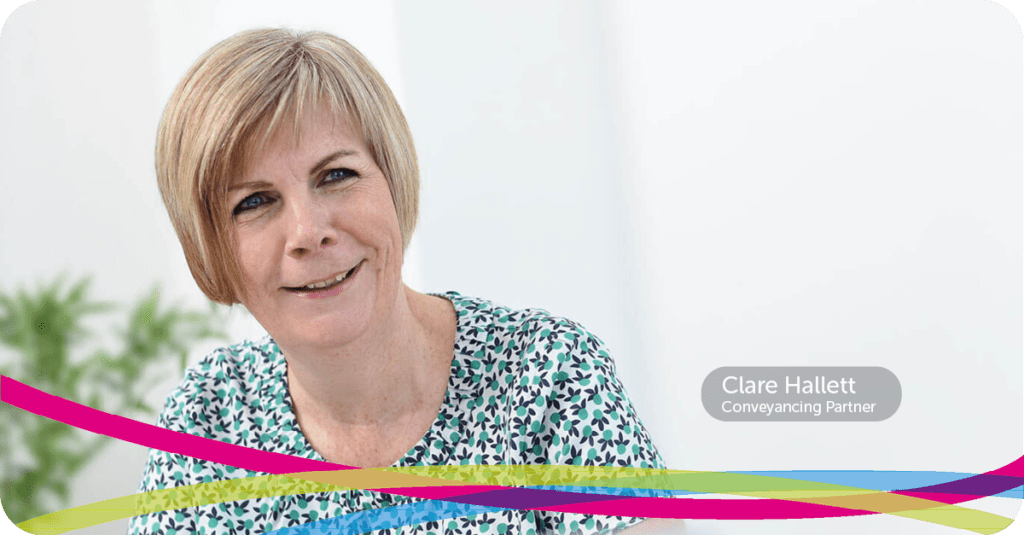In this article, Conveyancing Partner Clare Hallett answers some of the most common questions from first-time buyers who are looking to purchase a home.
Who is considered a first-time buyer?
A first-time buyer is legally defined as a person buying a property who has not previously owned a home.
Who is a first-time buyer for stamp duty purposes?
For the purposes of Stamp Duty Land Tax (SDLT), the definition is legally the same.
If you are purchasing a property with someone who has purchased a property in the past, you do not qualify as a first-time buyer and will therefore be ineligible to claim first-time buyer Stamp Duty Land Tax (SDLT) relief.
Do I qualify for stamp duty relief?
First-time buyers qualify for SDLT relief, if:
- You are a first-time buyer purchasing a home that costs £300,000 or less, then you are exempt from paying SDLT.
- You are purchasing a home which is priced higher than this threshold, you will only have to pay SDLT on the value above £300,000 if the property is valued under £500,000.
- The property costs more than £500,000, then you will not be entitled to any relief and will play SDLT a the normal rate.
- If you are curious as to whether you qualify for first-time buyer SDLT relief, please refer to our first-time buyer definition on page 4.
What is a mortgage?
A mortgage is a loan which is taken out to purchase a property and is to be repaid plus interest. The average team for mortgage repayment is 25 years.
A mortgage requires a deposit – a down payment on the property. For example, if a property costs £150,000 a 10% deposit would be £15,000.
The loan to value (LTV) is the amount you've borrowed as a percentage of the property's price. In the above scenario it would be 90%. The lower your LTV, the lower your interest rate.
Click here to read our complete first-time buyer's guide.
